In the world of geology, many firsts took place in Scotland. Scotland was the place where deep time was first demonstrated by James Hutton at Siccar Point (discussed
here). It as also the birthplace of thrust tectonics. However, these tremendous discoveries were not without controversy.
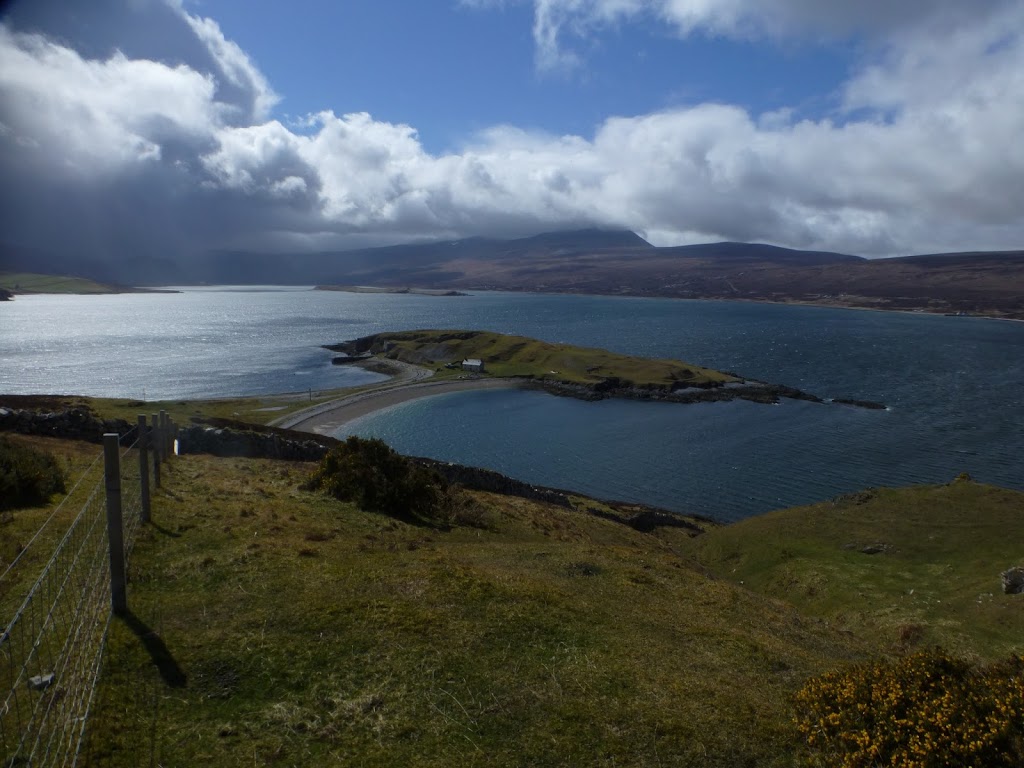 |
| Loch Eriboll |
A prominent feature in the highlands is a succession of rocks known as the Moine. The Moine was composed of metamorphic gneisses and schists on top of a series of Cambro-Ordovician rocks. For many years geologists who had worked in the region claimed that these rocks had to be in stratigraphic order as at that time no once could invision any other way for layers of rocks to form. However, at the end of the 19th century, two field geologists, Benjamin Peach and John Horne led an expedition through the Scottish Highlands. They posited that the metamorphic rocks were at one time deep in the Earth and through forces, they were yet to fully understand, these rocks were thrust on top of the younger sedimentary succession. It was through the mapping and theorizing of Peach and Horne in along the Moine Thrust Belt that the theory of thrust tectonics has held true even until today.
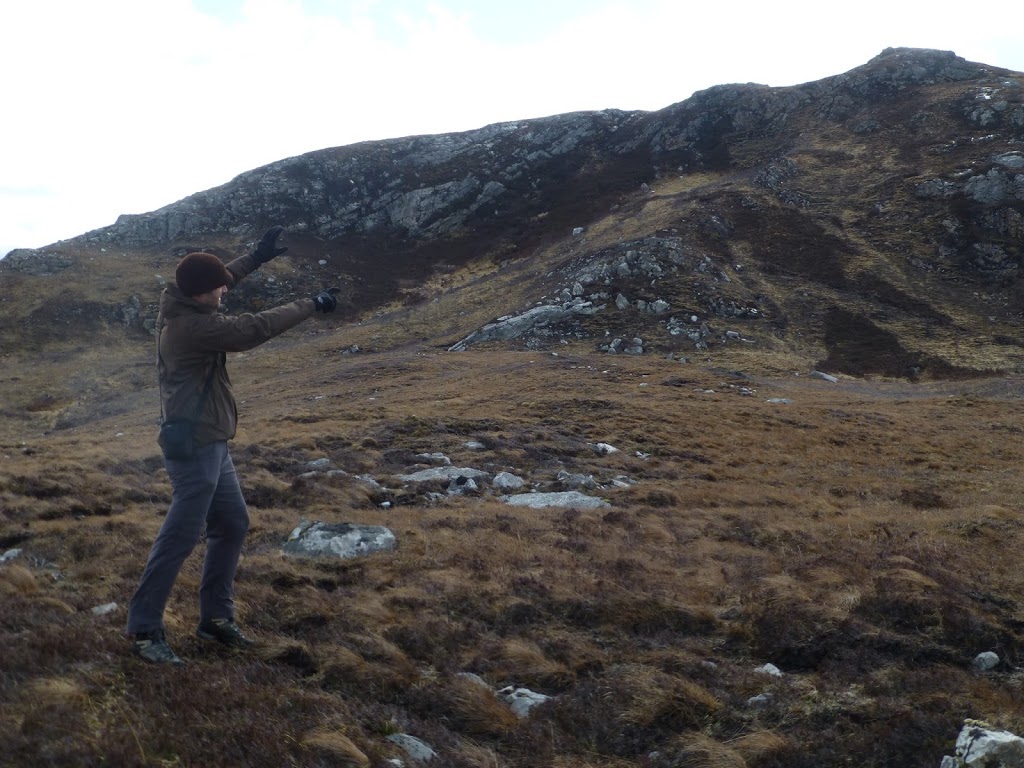 |
| Kellen pointing out the Arnaboll Thrust where Lewisian basement is thrust on top of Cambrian limestones and sandstones which are then imbricated. |
When a geologist finds … gneiss overlying gently inclined sheets of fossiliferous quartzite, shale and limestone, he may be excused if he begins to wonder whether he himself is not really standing on his head.” – Archibald Geikie (1884)
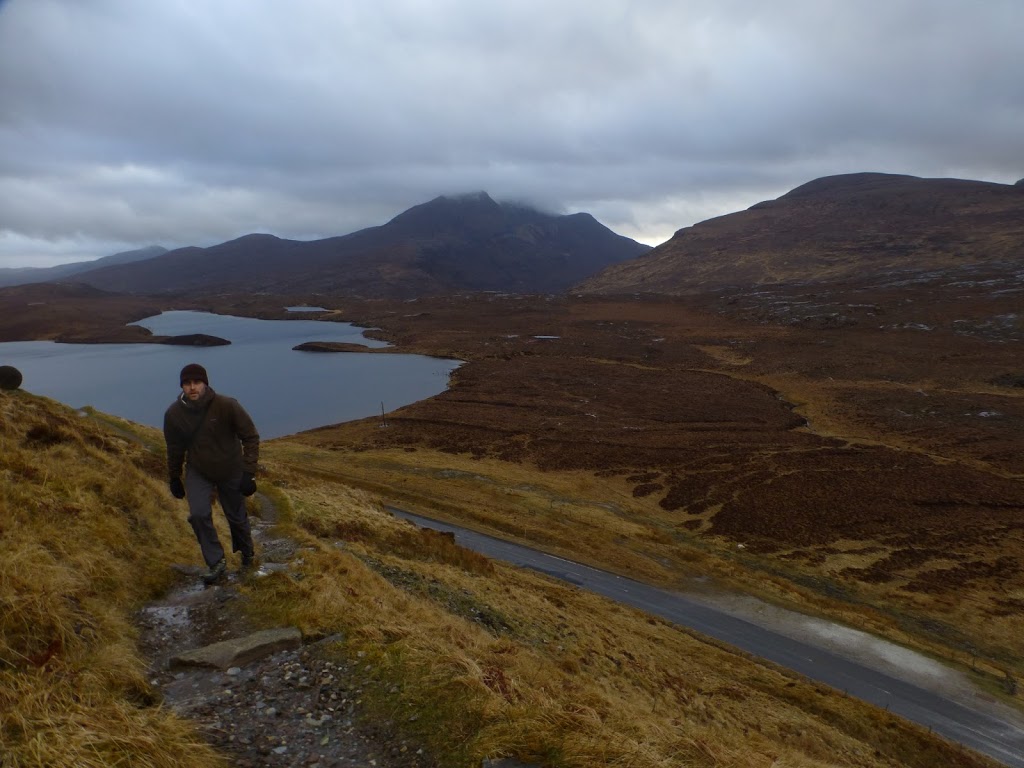 |
| Climbing up to Knockan Crag |
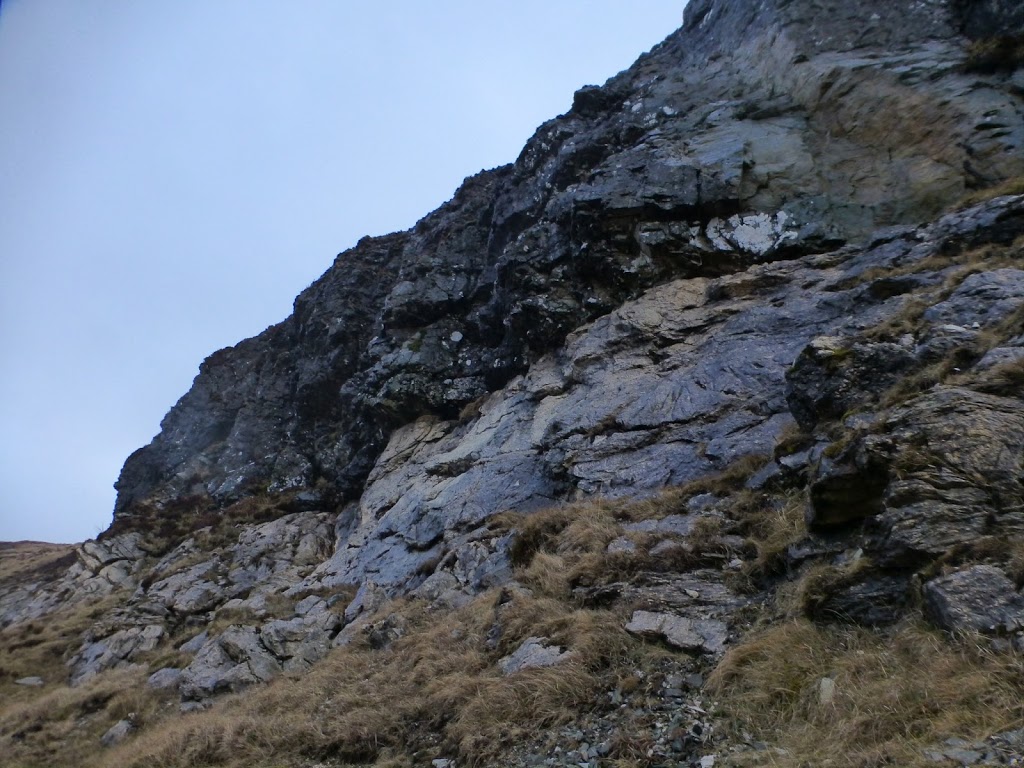 |
| The Neoproterozoic Moine Schist thrust on top of the Cambrian Durness Limestone |
Another fascinating aspect of the Moine Thrust Belt is the Assynt window which exposed a large series of imbricate thrusts the protrude through the Moine Thrust. Along the flanks of this imbricate stack the lithologic contrast between the hanging and footwalls caused the river to exploit this contact leaving the thrust fault beautifully exposed. Eventually the river penetrated through the fault gouge and formed a disappearing stream while flowing along the fault plane in the subsurface. While investigating the Assynt window, a famous geologist, Charles Lapworth lost sleep one particular night while pondering this new idea of thrust tectonics. While staying in Inchnadamph near the base of the Moine Thrust he recalls nightmares of being “bodily caught up in the Moine Thrust” and being crushed under “great earth engine.” Despite the reality of the great Earth engine driving deformation and destruction indiscriminately, at the time the idea of deformation and fault slip rates were far from being understood.
 |
| Really excited about the thrust fault. |
 |
| Disappearing stream following the fault contact |
 |
| The Assynt Window and Conival |
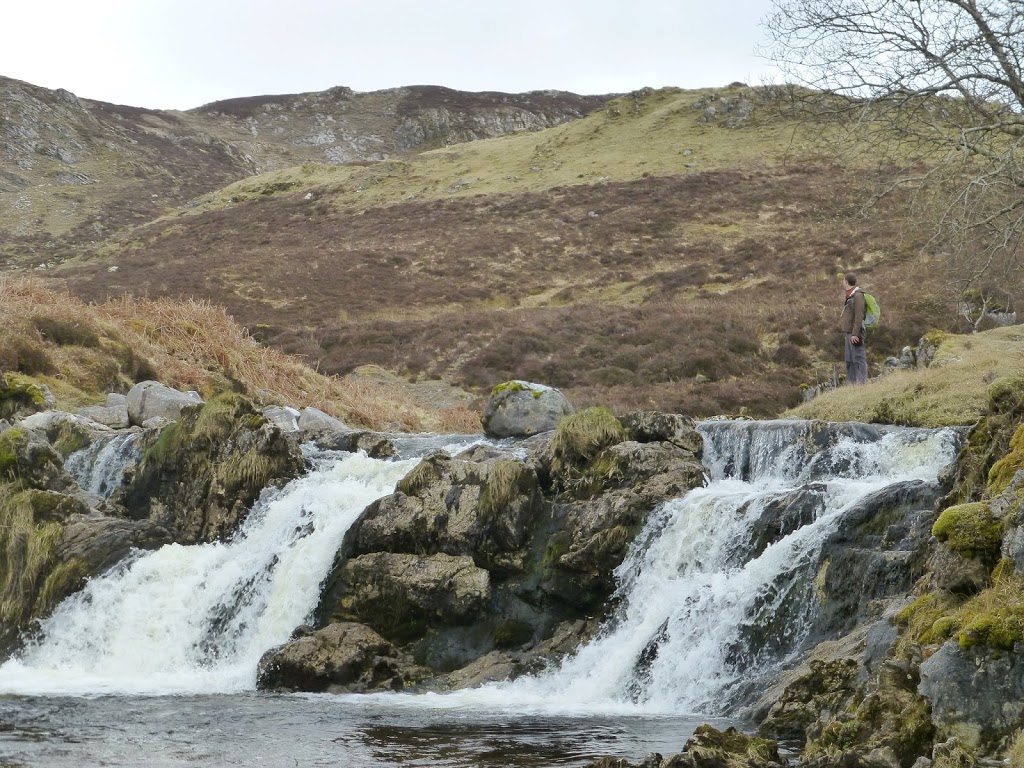 |
| Falls at Assynt |
 |
| You cannot mention the Scottish Highlands without an obligatory photo of a red stag. |
 This work is licensed under a Creative Commons Attribution-NonCommercial-ShareAlike 4.0 International License.
This work is licensed under a Creative Commons Attribution-NonCommercial-ShareAlike 4.0 International License.









![]() This work is licensed under a Creative Commons Attribution-NonCommercial-ShareAlike 4.0 International License.
This work is licensed under a Creative Commons Attribution-NonCommercial-ShareAlike 4.0 International License.